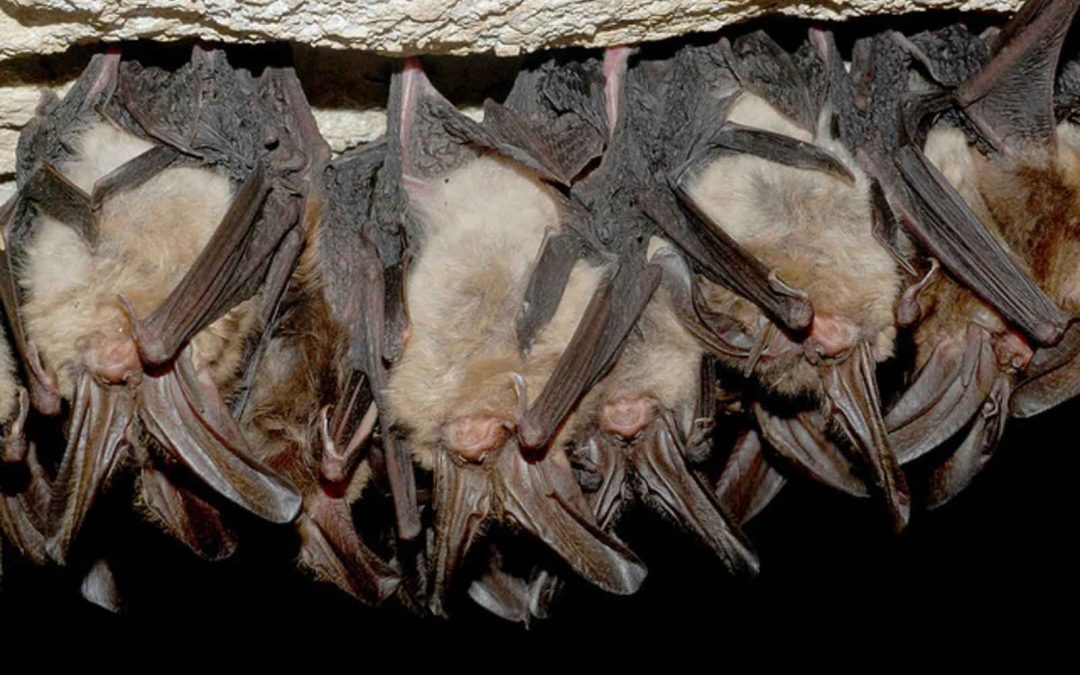There is a typical house pest, cute, noisy, and able to fly. No, not birds, bats! Though birds have their little article over here. Bats are well-known house invaders but are less commonly spoken about, and bats love many places you would never look. Of course, though, the places they like we humans don’t tend to be fans of. Tight, dark, warm, and most of all private spaces are their preferred homes, which is why they are liable to frenzy should you walk in on them.
While pest, bats are cute and should not be exterminated. More than half of their species in the US are listed as Rare, Threatened, or even Endangered, and their populations are in rapid decline. While it is reasonable to want them gone given their danger to humans, they should be treated with care and removed, not exterminated in the case of home infestation.
How to tell if you have an infestation?
The most apparent sign of bats are the sounds they make; animals don’t tend to quiet, be it their vocalizations or the sounds of them moving around in an enclosed space. Bats are not extremely noisy creatures; their calls sound like cheeps and squeaks, which are high enough in pitch to be challenging to hear less there is a large number, and they also scratch around. If you think you hear weird, odd birds, you may have bats.
Next is waste, droppings found in tight spaces around the chimney like the ridge or behind breast; however, they may also be in the chimney damper if it’s a throat damper or fireplace should they fall. With pee stains, inside or outside the walls can be a sign. All of these come with the extra additional signifier of smell. Bat pee has a powerful smell should you have an infestation.
Oil stains are another strong indication, perhaps more definitive that the problem is specifically bats and not some other animal. These stains are likely to appear near any tight entry into the home or any secluded crevices. The oil is from them squeezing into small paces, which can be as small as half an inch due to having grease on their bodies letting them slide through. Repeated use of these points will cause them to stain, and this is the most surefire sign of their presence.
Please don’t take that grease as filth though, gats are surprisingly clean and groom themselves often. When it comes to disease, they are unlikely to pass things to humans unless there is an infestation, and their droppings are their most dangerous aspect. There is a myth that bats often carry rabies. At the same time, they can be infected by it; like many animals, the population of rabies-carrying bats is low. However, they carry some illnesses and fungi and are just as dangerous to handle as any wild animal.
Lastly is well… sighting them. But if you see one or two bats, you likely have many more, as many as 40-60 in the attic. This is because bats are shy by nature and prefer to be withdrawn.
Where are the bats?
Bats are liable to live in chimneys; however, they are more well known to live in attics, garages, the walls, lofts, and the exterior, should the infestation be bad enough even basements. Bats prefer high elevations, so they invade from the top-down, less it’s winter where they may move down for warmth even if they have lower numbers. This can be for hibernation and not a long time visit, but a bat that finds its way into a basement is liable to make it their home.
Bats are not likely to stay in chimneys for long, often using it as an entry point into the home. Due to their ability to squeeze into places the chimney’s opening with the wall, it is installed into gives them a perfect avenue to a new home.
A note about bats in chimneys is that they cannot fly straight up, so they can get stuck. This can also apply to walls and narrow vertical spaces.
How to get rid of them?
Bats should not be handled without training and gloves. In fear of being handled, they are apt to bite, and like any animal, their mouths are host to many germs, though not as many as a human’s mouth. Instead, the best bet is to call an exterminator or Animal Removal service as bats deserve care and respect, but you aren’t done after they depart from the home.
Instead, you need to bat-proof the home. Bat-proofing is best done before April in a year to prevent you from trapping bats inside. Bat-proofing consists of finding entrances, any gaps larger than half an inch, likely caused by settling or found in a place material are joined, vents, the chimney’s flashing, or spots where materials have warped from time and exposure to the elements. Then identify if they have been used; as mentioned before, this is easiest by looking for the grease of a grey or brown color or droppings. Then you seal the entrances. Bats will not create their own.
However, if you care about bats still and want them around for the myriad of benefits they provide, or perhaps don’t want their populations to dwindle further, then consider building bat boxes after sealing holes. Bats don’t like to migrate and would go to other homes in the area, risking being exterminated or removed again and again. Should they not find roost, they have to go on a stressful journey to find some. Here’s to giving some bats a home.
Author
Tra’Lon Gillis

